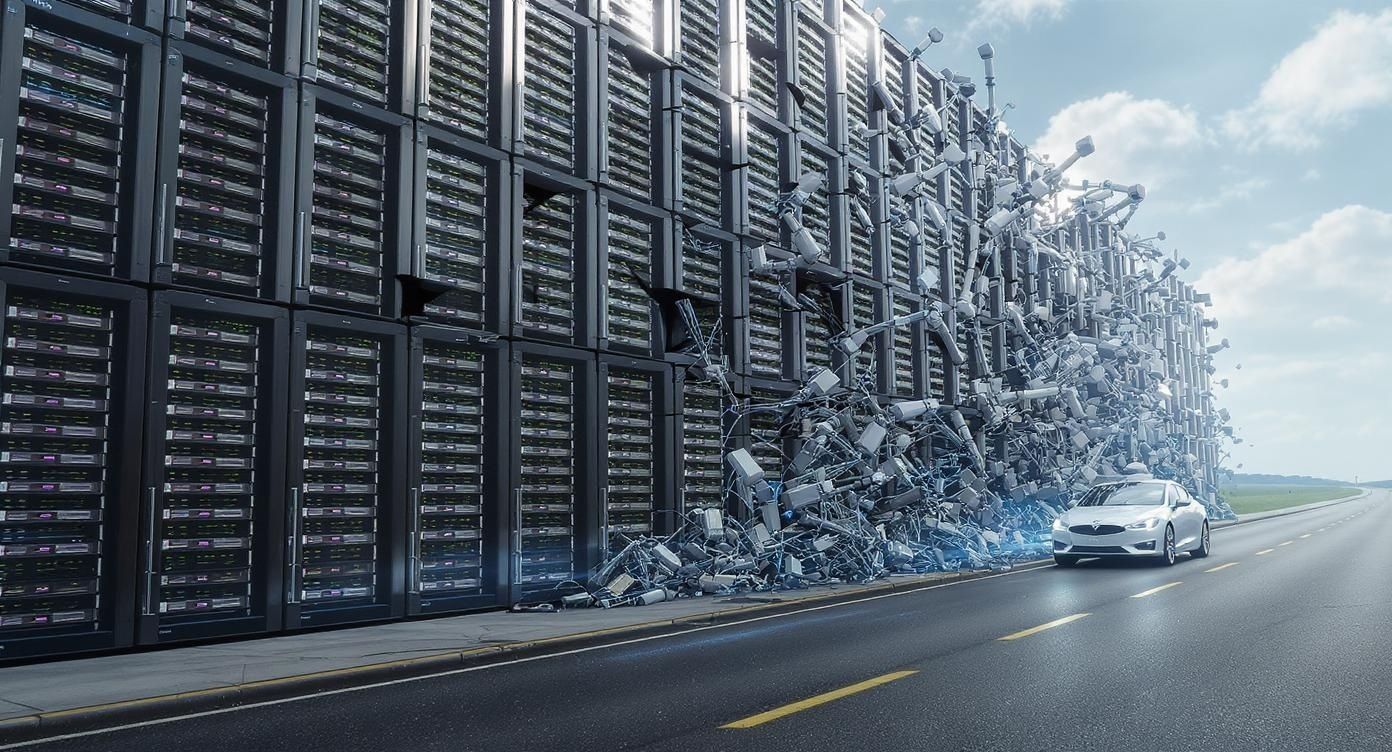- The Midas Report
- Posts
- Tesla shutters Dojo team to double down on AI autonomy and robotics
Tesla shutters Dojo team to double down on AI autonomy and robotics
4 min read.

Tesla is shutting down its Dojo supercomputer team and redirecting that talent toward AI autonomy and robotics. This marks a clear shift in focus. Rather than continuing to build custom infrastructure, the company is now emphasizing the direct integration of AI into real world products that can learn, evolve, and scale.
For founders and operators, the takeaway is clear. The most valuable efforts in AI are not in deep infrastructure but in the products that reach users. Talent and investment are moving in that direction.
Vertical Stacks Proved Difficult to Scale
The idea of building a fully vertical AI stack has always been appealing. Own the chips, the systems, the models, and the application. In theory, this offers better performance, stronger margins, and greater defensibility.
In practice, it often does the opposite. Verticalization consumes time and resources. It spreads engineering talent across layers that most customers will never touch. Tesla’s decision to end its standalone supercomputing project reflects a harder truth. The real compounding value in AI emerges at the product level. This is where feedback loops close faster, iteration speeds up, and product market fit sharpens.
Redirecting Talent to Where It Matters Most
By assigning the Dojo team to autonomy and robotics, Tesla is concentrating its best talent on the most user facing challenges. Autonomy demands constant advances in perception, planning, and safety. Robotics must perform reliably in the unpredictable physical world.
These challenges are not about building elegant infrastructure. They are about delivering features that work in the real world and improve with experience. When top engineers work on these areas, the chances increase that breakthroughs make it into customer hands. Feedback from users then feeds the next round of progress. This is the loop that pure infrastructure cannot close.
Strategy Is Shifting to Speed and Assembly
This pivot also reframes how companies should think about strategic value. Owning the entire AI stack can still make sense when it enables a capability that is otherwise unreachable. However, in most cases, off the shelf tools and third party services are now strong enough to meet key needs.
In this new landscape, the strategic edge comes from how quickly and effectively companies can assemble, adapt, and deliver. Time and talent are limited. Every hour spent optimizing infrastructure is an hour not spent on the user experience or operational reliability.
Tesla’s move highlights this shift. By consolidating around autonomy and robotics, the company is choosing to focus on where differentiation is clearest and most defensible.
Product Outcomes Now Define AI Success
For teams weighing their next moves, the message is simple. Infrastructure should serve the product, not replace it. Only build what is absolutely necessary to reach an outcome that cannot be achieved any other way. Put your strongest people where feedback is fastest and value is most visible.
Success in AI is not measured by internal benchmarks or compute scale. It is measured by how reliably models deliver value in the real world. The winners will be those who can translate AI into behavior that users can trust and rely on.
The Bar for Custom AI Infrastructure Is Rising
There is still a place for technical depth. Owning part of the stack can offer real leverage. But the standard for when that is justified continues to climb. If a custom tool or system does not create a measurable leap in the product, then it is likely a distraction. The cost of focus is real.
Tesla’s decision to step away from a dedicated supercomputing effort in order to double down on autonomy and robotics is one of the clearest signs of this shift. The market is pointing toward user value, not internal elegance.
A Maturing AI Industry Looks to the User
The AI industry is growing up. What once looked like an infrastructure race is now increasingly a product competition. Tesla’s reallocation of its Dojo team is a powerful example of that change.
Founders and operators should follow that lead. Focus your limited talent and resources on what customers can feel, trust, and pay for. That is where AI becomes real.